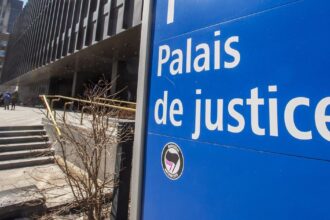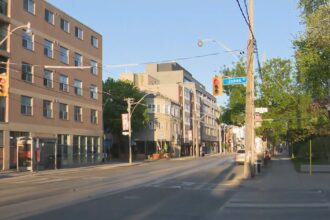In a bold move to celebrate local talent and cultural innovation, Medicine Hat officials unveiled plans yesterday for a comprehensive Arts and Culture Recognition Program aimed at honoring the city’s vibrant creative community. The initiative, which has been in development for several months, represents a significant investment in the city’s cultural landscape and acknowledges the often-underrecognized contributions of local artists and cultural organizations.
“The cultural fabric of Medicine Hat has always been rich and diverse, but we haven’t always done enough to recognize those who weave it,” said Councilor Sarah Pedersen, who chairs the city’s Cultural Development Committee. “This program creates a structured way to celebrate excellence in our arts community while inspiring future generations of creators.”
The program will feature multiple recognition categories spanning visual arts, performing arts, literary achievements, cultural preservation, and emerging talent. According to documents released by the city, nominations will open in early October with the inaugural ceremony planned for February 2026 at the Esplanade Arts and Heritage Centre.
What distinguishes this initiative from previous recognition efforts is its comprehensive approach. Beyond the ceremonial aspects, recipients will receive grant opportunities, mentorship connections, and exhibition spaces throughout the city. The program also includes educational components, with recognized artists participating in community workshops and school visits throughout the year.
“We’re creating something that goes beyond a simple award,” explained James Morrissey, Medicine Hat’s Cultural Development Officer. “This is about building sustainable support for our creative ecosystem and ensuring that excellence in arts and culture becomes synonymous with our city’s identity.”
The announcement has generated considerable enthusiasm among local artists and cultural organizations. The Medicine Hat Arts Council has already pledged support, offering to coordinate portions of the nomination process and provide resources for the educational components.
Financial details reveal an initial commitment of $175,000 for the program’s first year, with funding sources including municipal allocations, provincial grants, and private sponsorships. City officials indicate this represents only the beginning, with plans to expand both funding and program scope in subsequent years based on community feedback and participation levels.
Public engagement sessions are scheduled throughout September to gather input on nomination criteria and recognition categories. Residents are encouraged to participate in these sessions, which will be held at various community centers across Medicine Hat.
“What makes this program particularly meaningful is that it’s being shaped by the very community it aims to serve,” noted Pedersen. “We want this to be Medicine Hat’s program, not just the city government’s initiative.”
As Canada continues to emphasize cultural development as a cornerstone of community identity and economic diversification, Medicine Hat joins a growing number of mid-sized cities implementing formal recognition frameworks for their artistic communities. Cultural economists point to such programs as crucial components of talent retention and creative sector growth.
As the details continue to unfold, one question remains particularly compelling: Will this recognition program finally bridge the historical gap between institutional support and grassroots artistic innovation that has characterized so many Canadian cultural landscapes?










